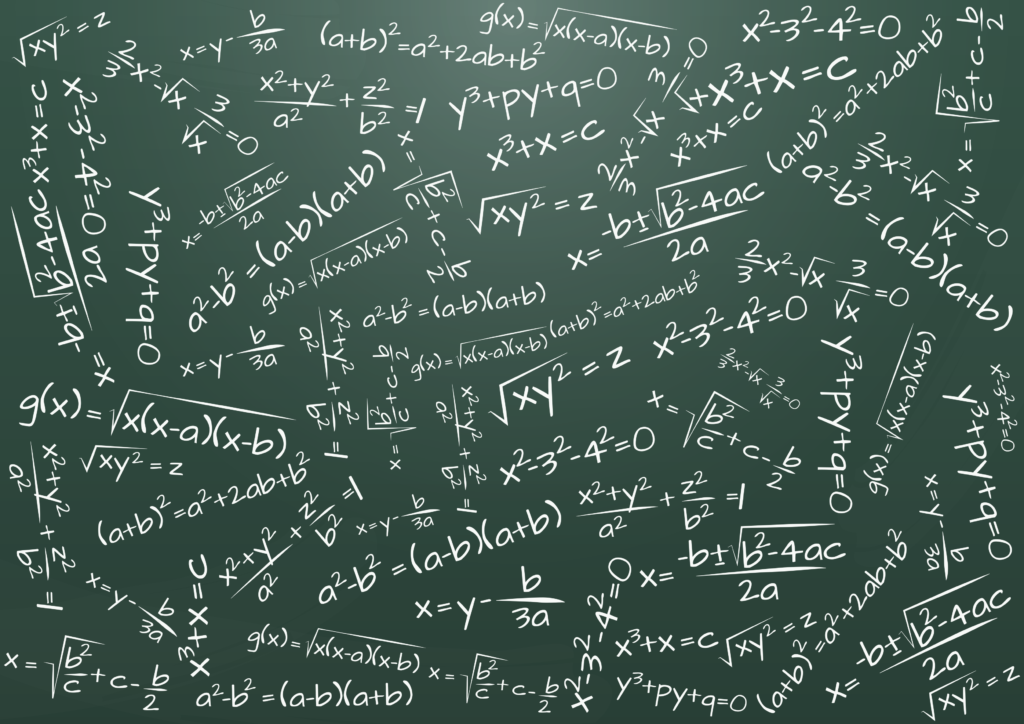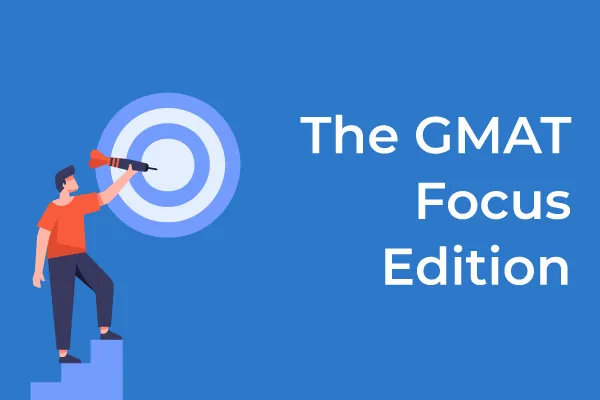The Right Approach to GMAT Math
Introduction:
In the realm of standardized testing, the Graduate Management Admission Test (GMAT) stands tall as a pivotal determinant for admission into top-tier business schools worldwide. Among its sections, the quantitative reasoning or math section poses a significant challenge for many test-takers. However, beneath the surface of equations and formulas lies a strategic framework that, when understood and applied effectively, can unravel the enigma of GMAT math. This exploration delves into the essence of mastering GMAT math, unveiling the principles, strategies, and mindset required to conquer this segment of the exam.
Understanding the GMAT Math Section:
The GMAT math section is not just about solving equations; it’s about problem-solving within a time constraint. With only 62 minutes to answer 31 questions, efficiency and accuracy are paramount. The questions cover a range of topics from arithmetic, algebra, and geometry to data interpretation and sufficiency. Moreover, the GMAT employs a computer-adaptive format, meaning the difficulty of subsequent questions adapts based on the test-taker’s performance. Therefore, a solid grasp of fundamental concepts coupled with strategic thinking is crucial for success.
Foundations of GMAT Math Success:
Building a strong foundation in math fundamentals is the cornerstone of GMAT math proficiency. While complex formulas and advanced concepts exist, the emphasis lies on basic arithmetic, algebraic manipulation, and geometric principles. Mastery of these fundamentals enables test-takers to approach a diverse array of problems with confidence. Additionally, understanding the underlying logic behind mathematical operations empowers individuals to navigate through intricate problems efficiently.
Strategic Approaches to Problem-Solving:
In the context of the GMAT, problem-solving extends beyond mathematical proficiency; it encompasses strategic decision-making and time management. Employing strategic approaches such as estimation, plugging in values, and back-solving can significantly enhance efficiency. Estimation allows test-takers to approximate solutions quickly, narrowing down answer choices and saving precious time. Plugging in values involves substituting answer choices into the problem to determine which one yields the correct outcome. Similarly, back-solving entails starting from the answer choices and working backward to find the appropriate inputs. These strategies not only expedite the problem-solving process but also mitigate the risk of computational errors.
Navigating Data Interpretation and Sufficiency:
A distinctive feature of the GMAT math section is the inclusion of data interpretation and sufficiency questions. These assess the ability to analyze and interpret quantitative information accurately. When approaching data interpretation questions, it’s essential to identify key trends, relationships, and outliers within the given data sets. Conversely, data sufficiency questions test logical reasoning skills by assessing whether the provided data are adequate to answer a given problem. Developing a systematic approach to dissecting these questions is paramount, as it enables test-takers to efficiently evaluate the sufficiency of information provided.
Developing a Growth Mindset:
Beyond strategies and techniques, cultivating a growth mindset is instrumental in overcoming challenges encountered during GMAT preparation. A growth mindset entails embracing obstacles as opportunities for growth and viewing failures as stepping stones to success. Recognizing that proficiency in math, like any skill, is developed through practice and perseverance fosters resilience and determination. Moreover, maintaining a positive attitude and reframing setbacks as learning experiences enhances motivation and engagement throughout the preparation journey.
Effective Study Strategies:
Effective preparation is integral to GMAT success, and adopting structured study strategies is key. Begin by familiarizing yourself with the exam format, content, and question types. Diagnostic tests can help identify strengths and areas for improvement, allowing for targeted study plans. Utilize reputable study materials, such as official GMAT guides and practice tests, to reinforce concepts and simulate exam conditions. Additionally, consider enrolling in preparatory courses or working with tutors to receive personalized guidance and support.
The Role of Practice:
Practice is the linchpin of GMAT preparation, serving as the bridge between theory and application. Regular practice not only reinforces conceptual understanding but also hones problem-solving skills and builds confidence. Allocate dedicated study sessions for timed practice sets, focusing on pacing and accuracy. Analyze mistakes and identify recurring patterns to target areas requiring further review. Furthermore, leverage adaptive learning platforms and online resources to access a diverse range of practice questions and simulations.
Conclusion:
Mastering GMAT math is a multifaceted endeavor that requires a combination of mathematical proficiency, strategic acumen, and a growth-oriented mindset. By understanding the underlying principles, employing strategic problem-solving approaches, and embracing a growth mindset, test-takers can navigate the intricacies of the GMAT math section with confidence and proficiency. Through effective preparation, structured study strategies, and relentless practice, success on the GMAT math section becomes attainable, paving the way for admission into esteemed business schools and unlocking boundless opportunities for professional growth and advancement.
We are the only GMAT Prep that includes real private lessons with your regular GMAT course. Use these sessions however you want, whether to review an exam, review exercises, create a new study strategy, etc. You will be seated with the same instructors who already know you in class, so you can continually assess your progress.
Access Here Now: https://bit.ly/gmat-study-math
MBA House on GMB | GMAT Manhattan NYC Prep Skills Set
#gmat #gre #ielts #toefl #mba #beasiswa #gmatprep #studyabroad #gmatonline #gmatexam #gmatprep #gmatcourse #gmatpreparationonline #education #mbaadmissions #mbaaplicattion #study #mbaprep




